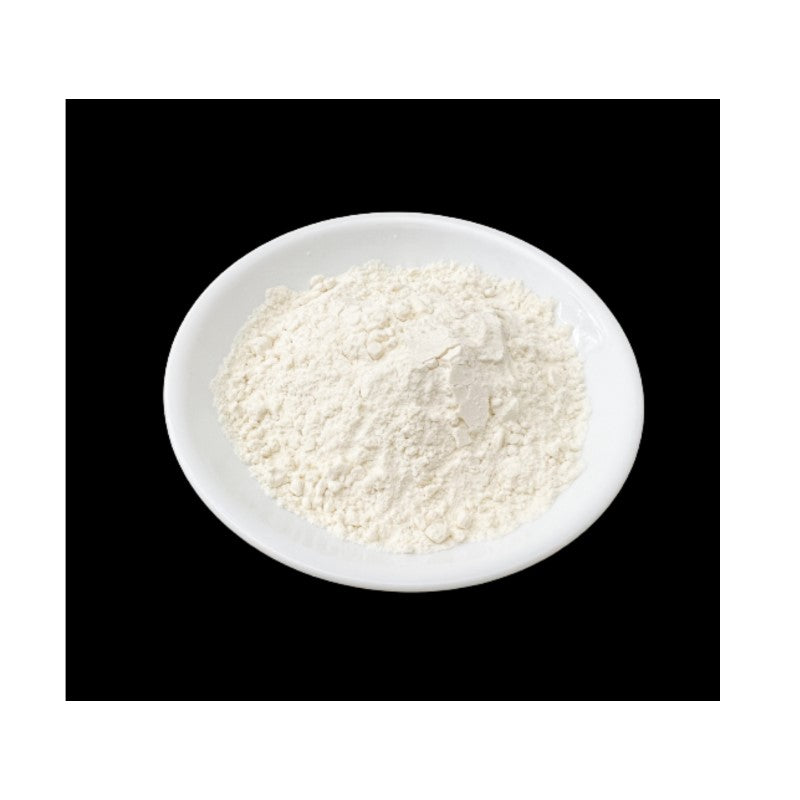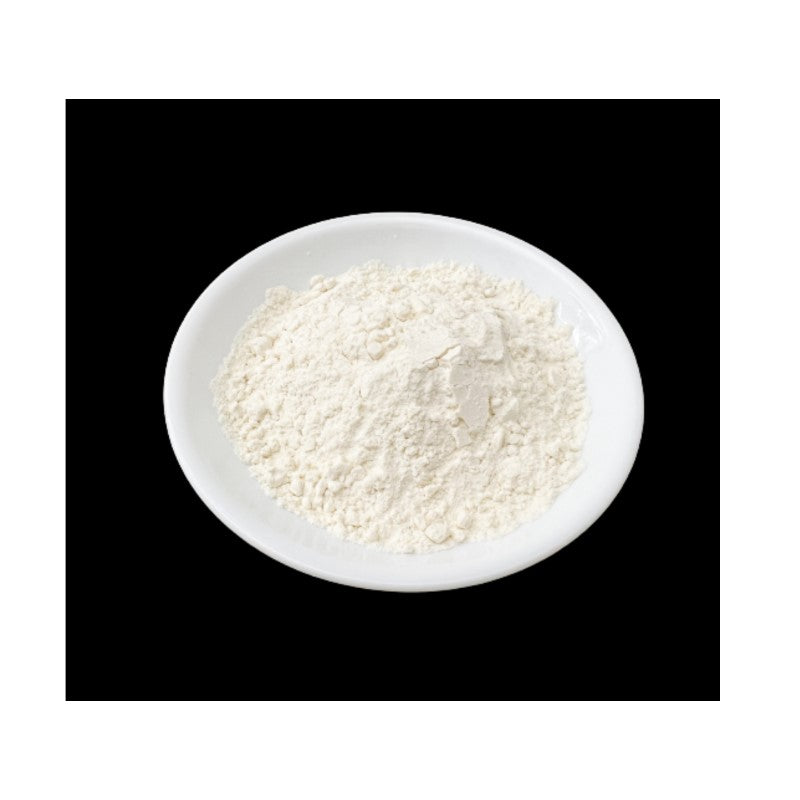Dermafactors LLC
Acetyl Zingerone - Next Big Thing in Skincare, water-soluble
Acetyl Zingerone - Next Big Thing in Skincare, water-soluble
Couldn't load pickup availability
Acetyl Zingerone
INCI: Acetyl Zingerone
CAS#: 30881-23-3
As the original form of Acetyl zingerone requires solvents to dissolve and exhibits recrystallization issues in finished products, the water-soluble form of acetyl zingerone makes it easier to use, especially in water-containing formulas, without any problems.
Acetyl Zingerone is commonly recognized for its potent antioxidant properties. It works in a unique way that no other ingredients could do by far. It is called "the next big thing" because it is a powerful, effective, and stable ingredient that reverses key signs of photo-aged skin and tightens the pores.
As a multi-targeted antiaging molecule, Acetyl Zingerone can also counteract aging before it happens. It prevents skin damage and nurtures the skin’s own ability to maintain the integrity of the ECM for optimal health and appearance throughout life.
Placebo-controlled clinical studies revealed significant improvements in skin defense & reduction in wrinkles, pigmentation, and skin redness in photo-aged skin without the use of sunscreens.
Other properties
- Omni Antioxidant- scavenges/quenches reactive species & selectively chelates iron – First-in-the-Industry.
- Reduces both immediate & delayed skin damage (↓CPDs) First-in-the-Industry
- Photochemically stable antioxidant, in contrast to many conventional antioxidants
- Balances skin microbiome diversity and stimulates the growth of skin-friendly Staphylococcus epidermidis.
- Significant reduction in wrinkle
- Significant reduction in pigment intensity
- Maintains skin microbiome diversity
- Significant reduction in skin redness
Characteristics
- All-in-one – Antioxidant, Quencher & Selective Chelator
- Reduces both immediate and delayed dark skin damage
- Photochemically stable antioxidant as compared to conventional antioxidants
- Elevates biological skin defenses
Recommended Usage: 0.5-1%
Formulation Guide:
-- For daily skin protection and antiaging applications, use levels of 0.5-1% are recommended. As a chelating agent, the use level is 0.1 to 0.2%.
-- Formulation pH must be maintained in the acidic range (≤6.5).
-- Fully compatible with a wide range of emulsifiers, nonionic and anionic emulsifiers, as well as thickening agents and polymeric film formers.
Document
Share


